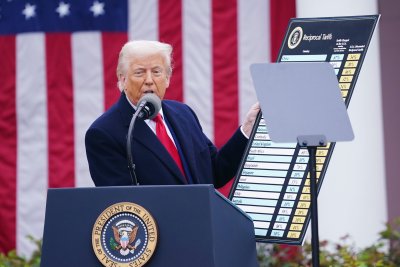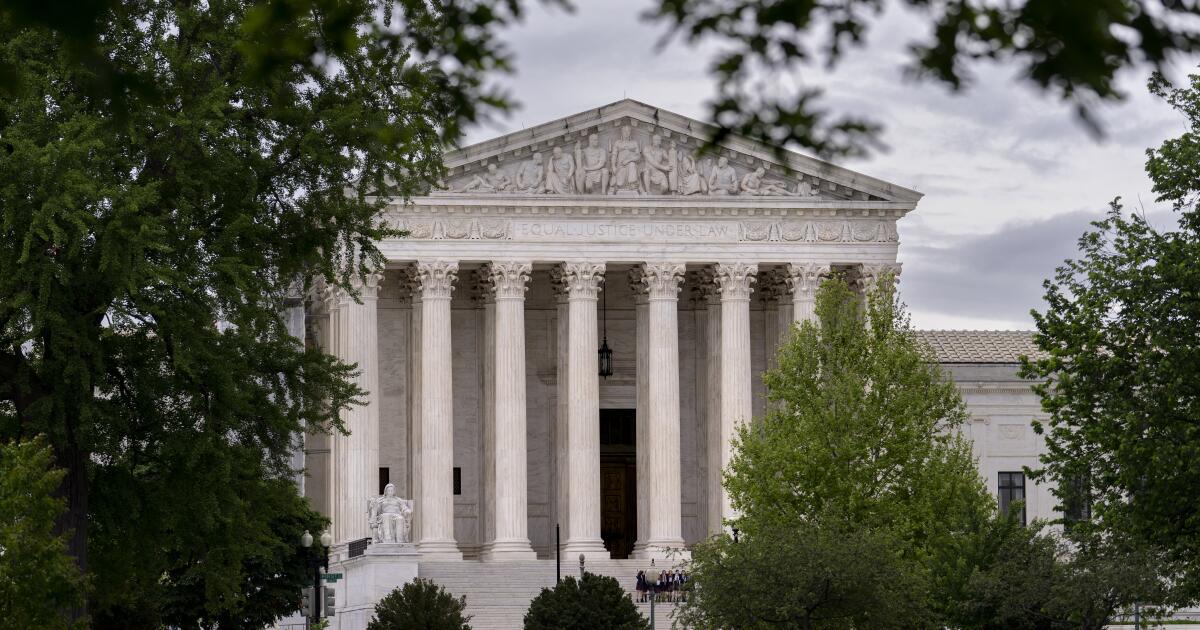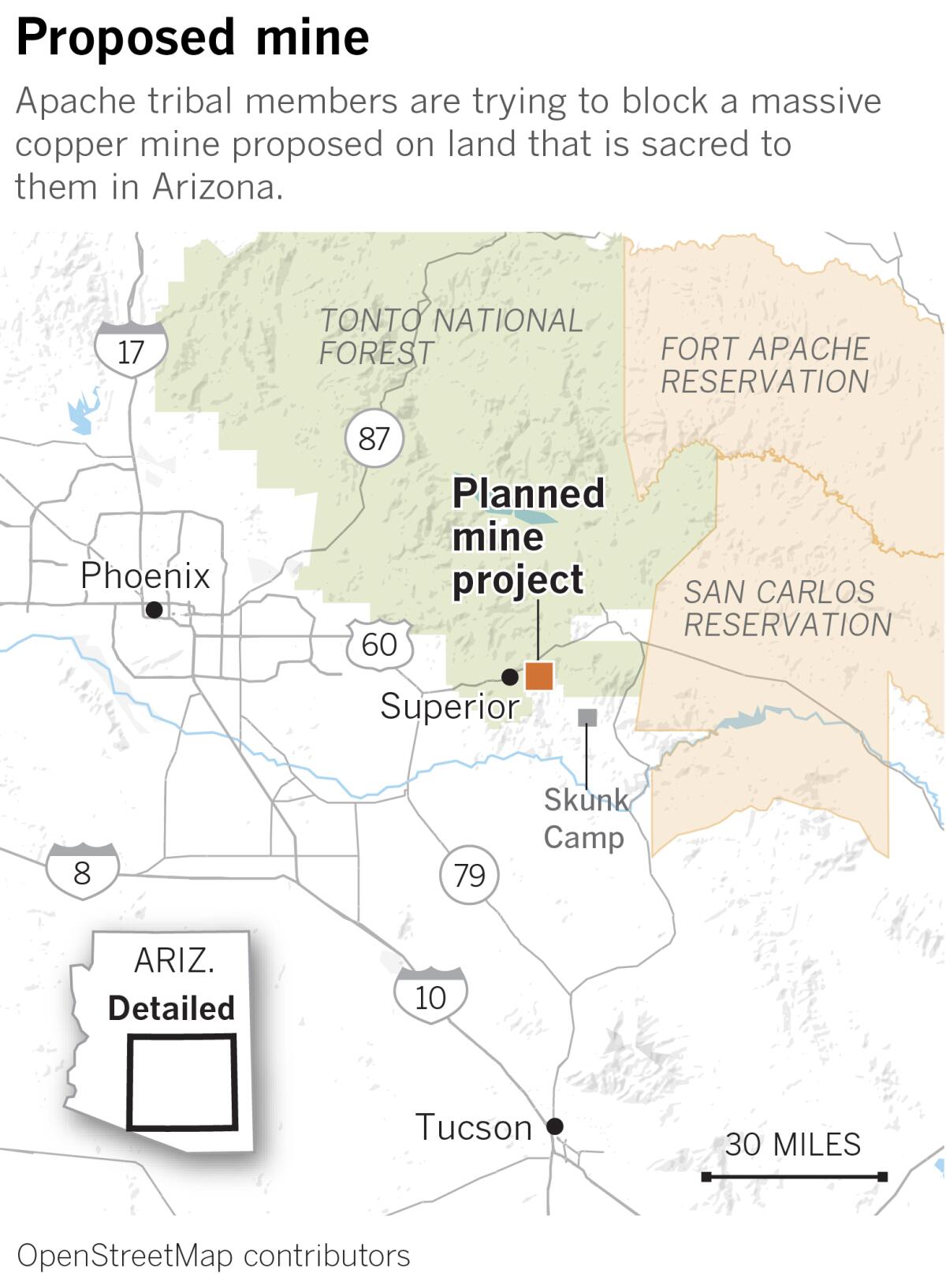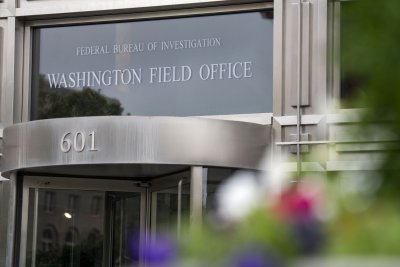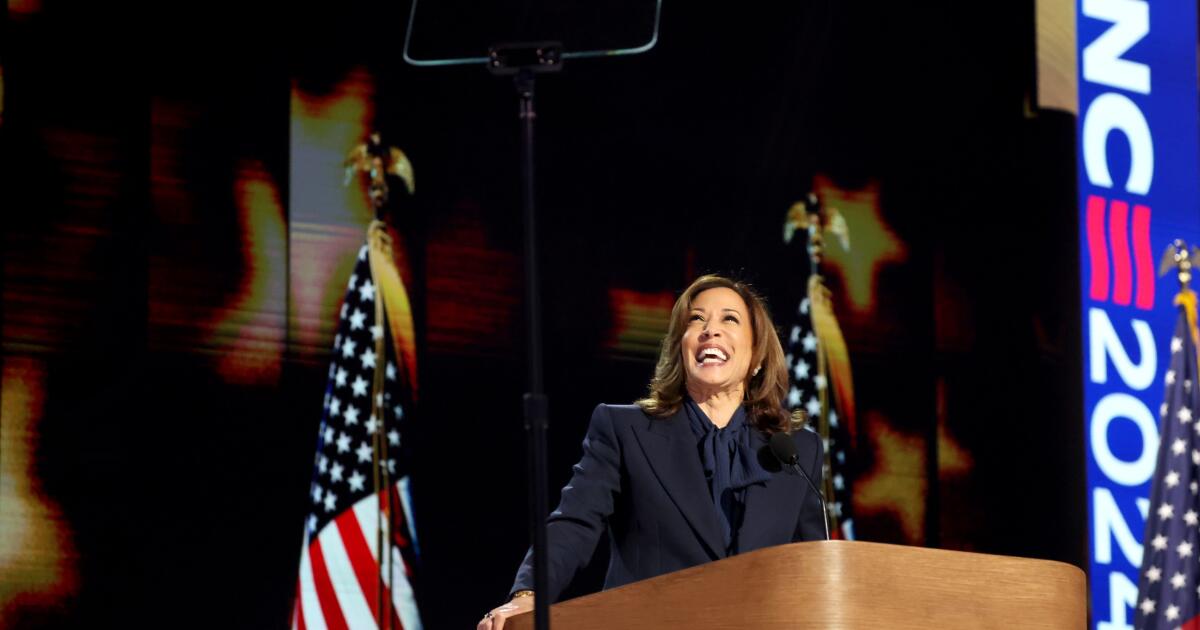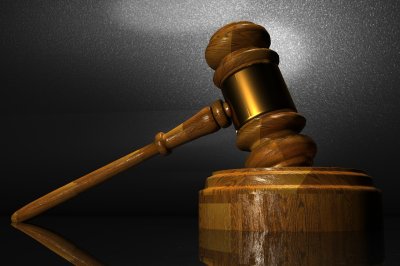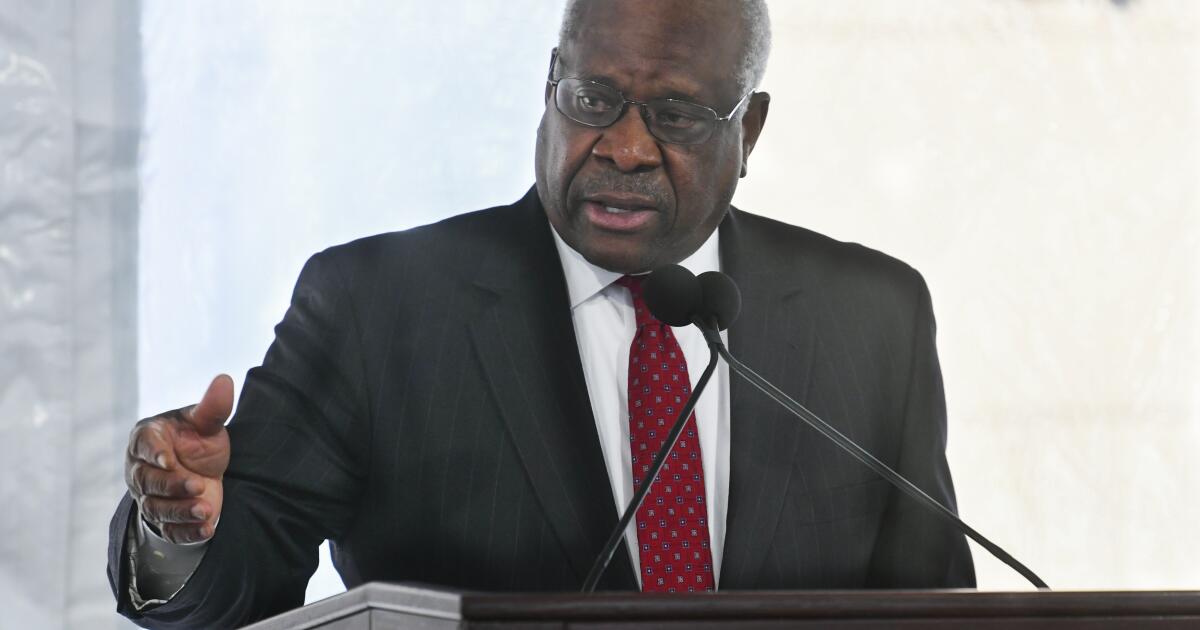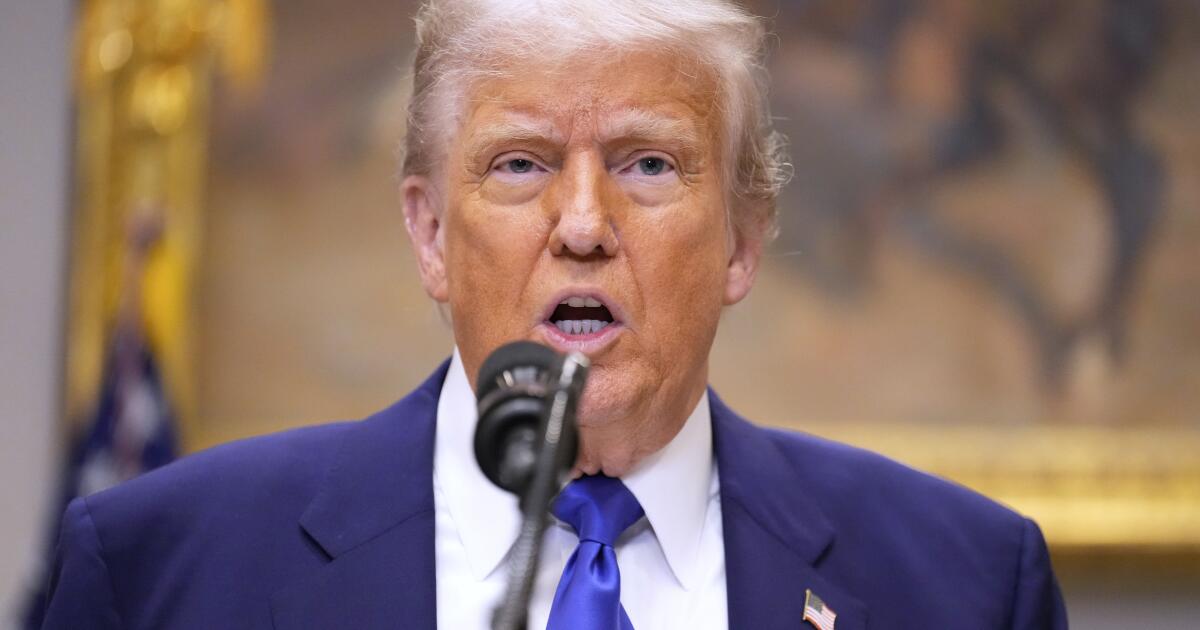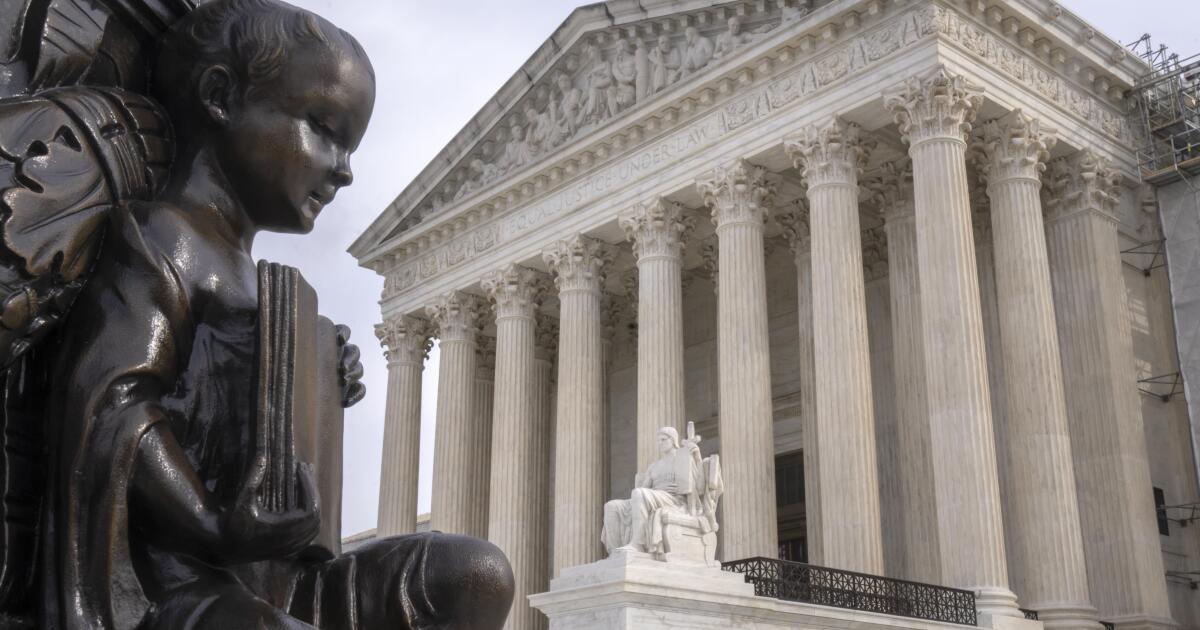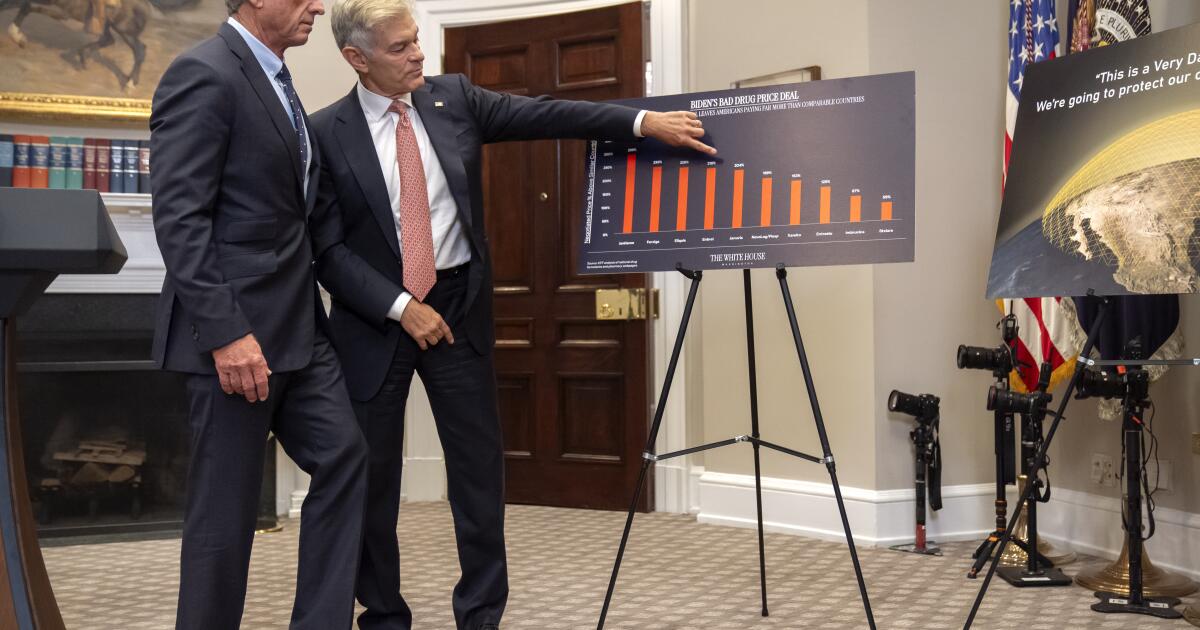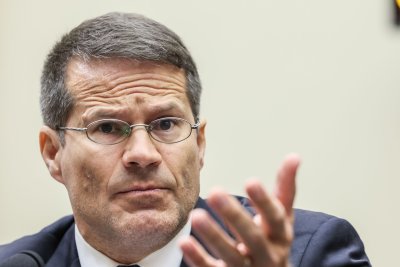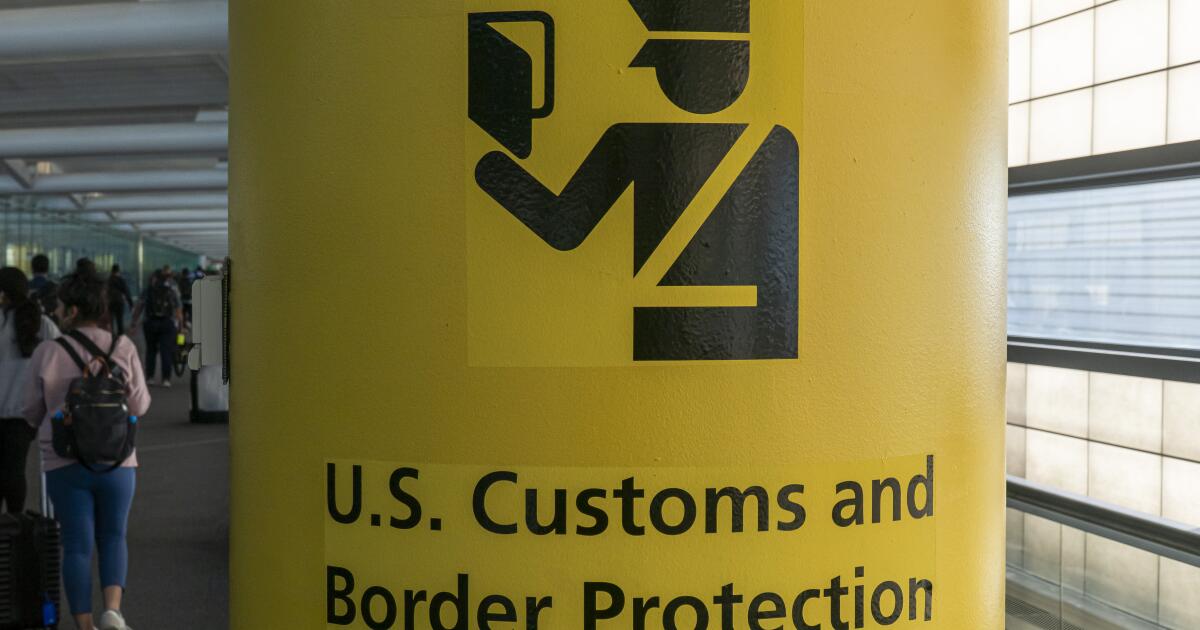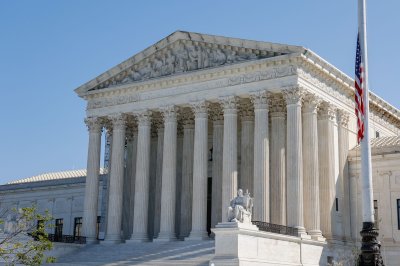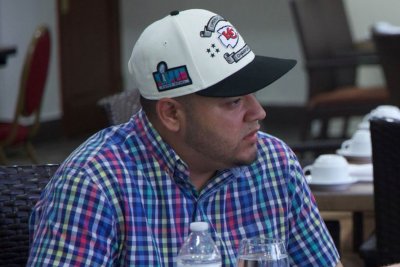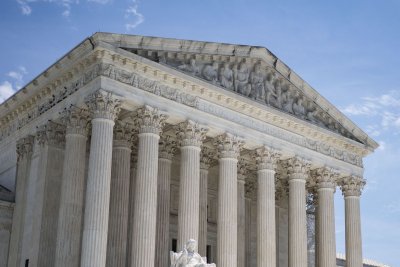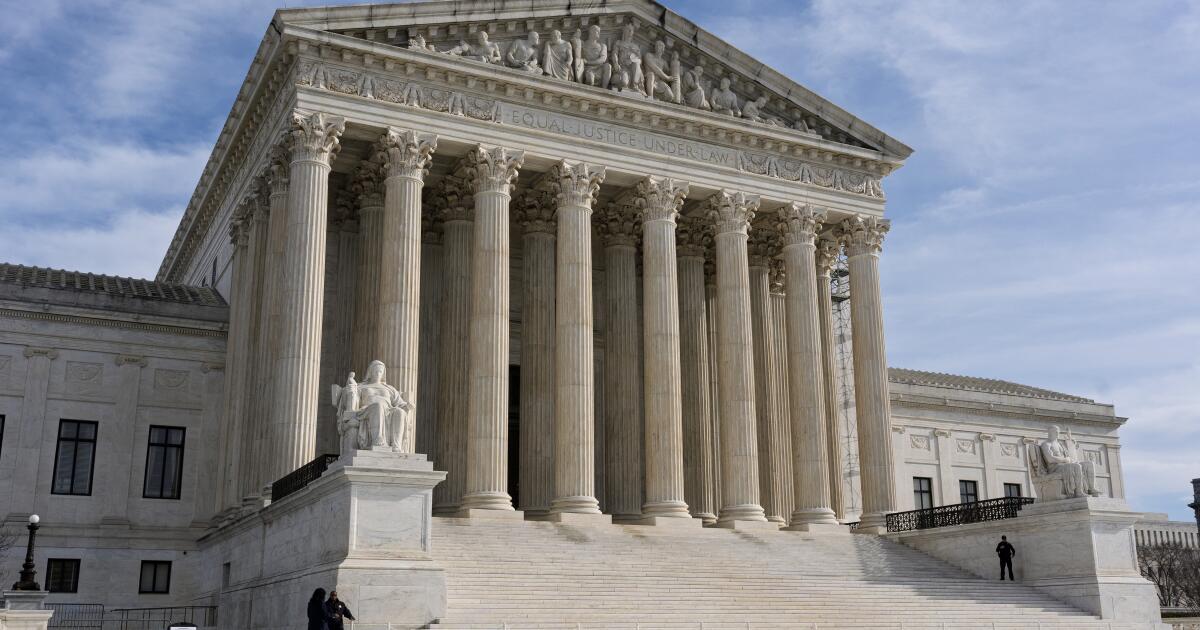As Musk exits, he sees his projects unraveling, inside and outside government
WASHINGTON — A Starship spun out of control in suborbital flight on Tuesday, failing to meet critical testing goals set by SpaceX in its plans for a mission to Mars. A poll released last week showed the national brand reputation for Tesla, once revered, had cratered. And later that same day, House Republicans passed a bill that would balloon the federal deficit.
It has been a challenging period for Elon Musk, the world’s richest man, who not long ago thought he had conquered the private sector and could, in short order, do the same with the federal government. That all ended Wednesday evening with his announcement he is leaving the Trump administration.
“As my scheduled time as a Special Government Employee comes to an end, I would like to thank President @realDonaldTrump for the opportunity to reduce wasteful spending,” Musk wrote on X, his social media platform.
The mission of the program he called the Department of Government Efficiency “will only strengthen over time as it becomes a way of life throughout the government,” he added.
Musk’s departure comes on the heels of a ruling from a federal judge in Washington on Wednesday questioning Musk’s initial appointment as a temporary government employee and, by extension, whether any of his work for DOGE was constitutional.
“I thought there were problems,” Musk said in a recent interview with the Washington Post, “but it sure is an uphill battle trying to improve things in D.C., to say the least.”
Newsletter
You’re reading the L.A. Times Politics newsletter
George Skelton and Michael Wilner cover the insights, legislation, players and politics you need to know in 2024. In your inbox Monday and Thursday mornings.
You may occasionally receive promotional content from the Los Angeles Times.
Growing conflicts with Trump
Musk’s role as an omnipresent advisor to President Trump began to wane weeks ago, amid public backlash against DOGE’s cuts to treasured government programs — from cancer research to the National Park Service — and after Trump bucked Musk’s counsel on economic policy, launching a global trade war that jolted supply chains and financial markets.
But the entrepreneur has grown increasingly vocal with criticism of the Trump administration this week, stating that a megabill pushed by the White House proposing an overhaul to the tax code risks undermining his efforts to cut government spending.
Musk responded to a user on X, his social media platform, on Monday lamenting that House Republicans “won’t vote” to codify DOGE’s cuts. “Did my best,” he wrote.
“I was disappointed to see the massive spending bill, frankly, which increases the budget deficit, not decrease it, and undermines the work that the DOGE team is doing,” Musk explained further in an interview with “CBS Sunday Morning” later in the week. “I think a bill can be big, or it can be beautiful, but I don’t know if it can be both. My personal opinion.”
The “One Big Beautiful Bill Act” would increase border security and defense spending, renew tax cuts passed in 2017 and extend a new tax deduction to seniors, while eliminating green energy tax benefits and cutting $1 trillion in funding to Medicaid and the Supplemental Nutrition Assistance Program.
Despite the cuts, the nonpartisan Congressional Budget Office estimates the bill would add so much money to the debt that Congress may be forced to execute cuts across the board, including hundreds of billions to Medicare, in a process known as sequestration.
Hours after the CBS interview aired, the White House appeared to respond directly to Musk with the release of a press release titled “FACT: One, Big, Beautiful Bill Cuts Spending, Fuels Growth.” And Trump responded directly from the Oval Office, noting Democratic opposition and the challenges of unifying a fractious GOP caucus. Negotiations with the Senate will result in changes to the legislation, Trump said.
“My reaction’s a lot of things,” Trump said. “I’m not happy about certain aspects of it, but I’m thrilled by other aspects of it.”
“That’s the way they go,” he added. “It’s very big. It’s the big, beautiful bill.”
Cuts in question
It is unclear whether Musk succeeded in making the government more efficient, regardless of what Congress does.
While the DOGE program originally set a goal of cutting $2 trillion in federal spending, Musk ultimately revised that target down dramatically, to $150 billion. The program’s “wall of receipts” claims that $175 billion has been saved, but the Treasury Department’s Bureau of the Fiscal Service has documented an increase in spending over last year.
“DOGE is just becoming the whipping boy for everything,” Musk said in the Post interview this week. “So, like, something bad would happen anywhere, and we would get blamed for it even if we had nothing to do with it.”
Musk had been brought into the Trump administration designated as a special government employee, a position limited to 130 days that does not require Senate approval.
But the legal case making its way through the Washington courtroom of U.S. District Judge Tanya Chutkan is questioning the entire arrangement.
The White House attempted to “minimize Musk’s role, framing him as a mere advisor without any formal authority,” Chutkan wrote, while granting him broad powers that gave him “unauthorized access” to “private and proprietary information,” like Social Security numbers and medical records. Those actions, Chutkan added, provide the basis for parties to claim Musk inflicted substantial injury in a legal challenge.
‘I think I’ve done enough’
Musk was scheduled to speak on Tuesday after SpaceX’s Starship test launch, setting out the road ahead to “making life multiplanetary.” But he never appeared after the spacecraft failed early on in its planned trajectory to orbit Earth.
The SpaceX Starship rocket is launched Tuesday in Texas. It later disintegrated over the Indian Ocean, officials said.
(Sergio Flores / AFP / Getty Images)
Starship is supposed to be the vehicle that returns Americans to the moon in just two years. NASA, in conjunction with U.S. private sector companies, is in a close race with China to return humans to the moon for the first time since the end of the Apollo program.
But none of Musk’s endeavors has suffered more than his electric car company, Tesla, which saw a 71% plunge in profits in the first quarter of 2025 and a 50% drop in stock value from its highs in December. An Axios Harris Poll released last week found that Tesla dropped in its reputation ranking of America’s 100 most visible companies to 95th place, down from eighth in 2021 and 63rd last year.
The reputational damage to Tesla, setbacks at SpaceX and limits to his influence on Trump appear to be cautioning Musk to step back from his political activity.
“I think in terms of political spending, I’m going to do a lot less in the future,” Musk told Bloomberg News on May 20, during the Qatar Economic Forum. “I think I’ve done enough.”
What else you should be reading
The must-read: 217 days and counting: Trump’s rules slow the release of migrant children to their families
The deep dive: Villaraigosa, despite climate credentials, pivots toward oil industry in run for governor
The L.A. Times Special: Supreme Court clears way for massive copper mine on Apache sacred land
More to come,
Michael Wilner
—
Was this newsletter forwarded to you? Sign up here to get it in your inbox.


